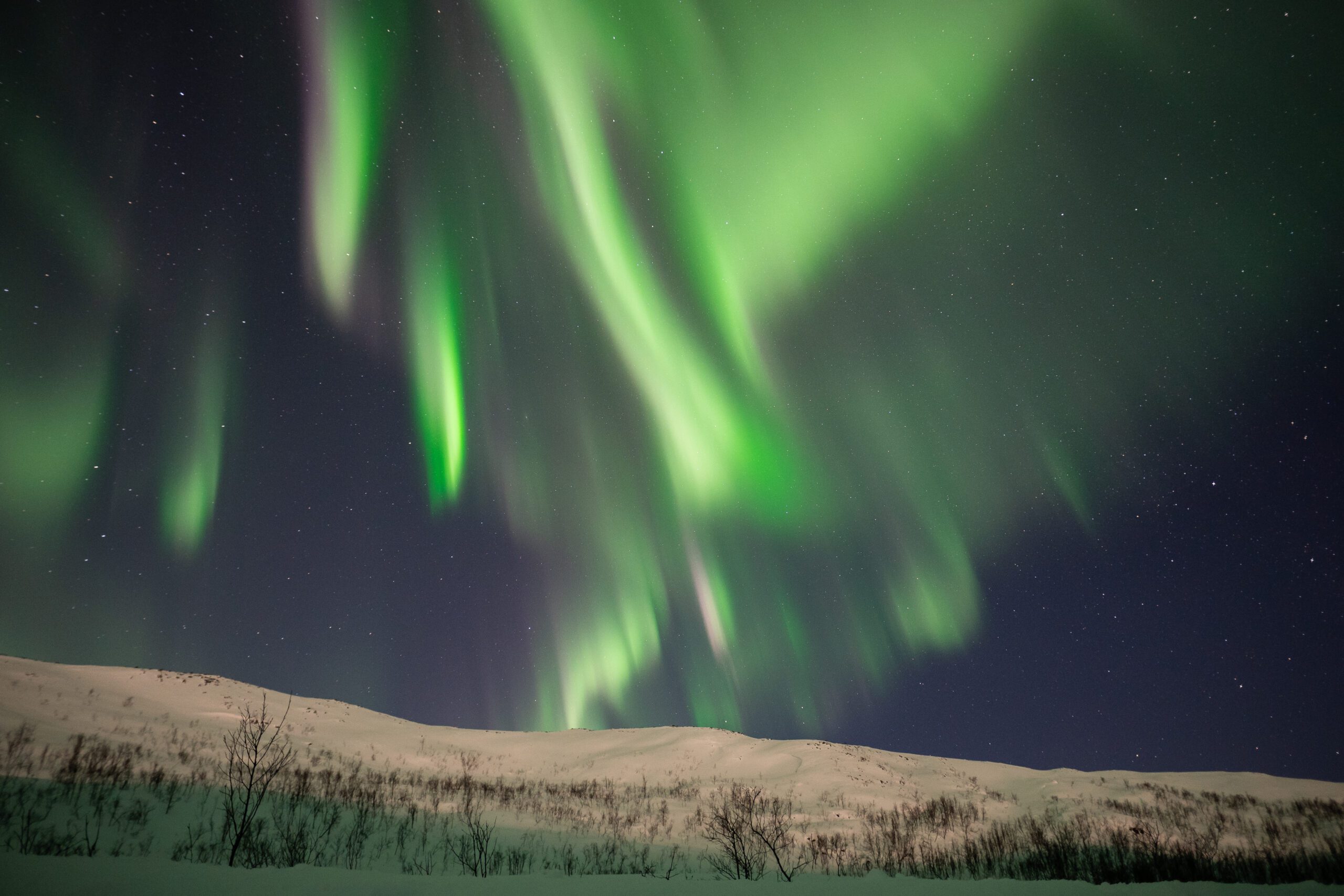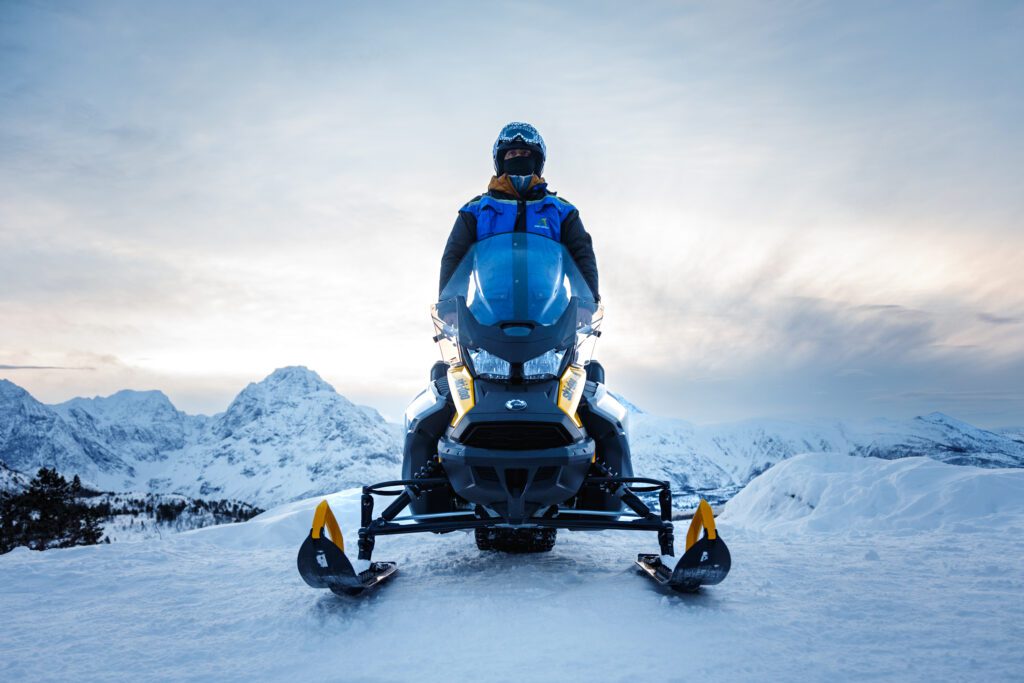You probably wonder what the best way to photograph the aurora borealis is, and how to capture the amazing pictures you see online and on Instagram. We gathered some pro tips for your use, hoping to help you take epic photos of your personal aurora experience! Getting away from light pollution is essential! Leave the city lights and join us on tour to sites with little or no artificial light. This will enhance your chance of capturing a beautiful image.
Gear recommendations:
- Use a tripod! Using a tripod is essential. It will help you keep your camera completely still while taking long-exposure photos; note that even the slightest camera movement during the capture will cause blurry photos.
- Use a fast wide-angle lens
- Anything between 14mm and 24mm will be optimal.
- Use exposure between 1-10 seconds
- A general rule – the faster and stronger the aurora moves, the shorter the exposure. With weaker, slow-moving aurora, a longer shutter speed is better.
- Use aperture between F1.2 – F4
- On nights with no moonlight, an aperture setting between F1.2-F2 is often needed, but if the landscape is lit up by moonlight, an F value between F2.8-F.4 is recommended for sharper photos.
- Bring spare camera batteries!
- In cold weather (-5 to -30 degrees Celsius is common on tour), both your phone and your camera may drain their battery quickly, even if the batteries were fully charged at the start of the night! It is always a good idea to bring with you extra batteries and a power bank.
- Dress smart and stay warm

You will spend a lot of time outdoors while photographing the northern lights, so it is always a good idea to bring several layers of clothes (we recommend wool as the first layer), a warm hat, gloves, scarf and warm boots are all essential to keep you comfortable. The Arctic nights in Northern Norway can be very cold, and temperatures can easily drop to -30 degrees.
P.S. we have warm winter suits that you can use on our trips for extra warmness!
Camera Settings
- Use manual settings (if you have them);
- Use a timer or a remote shutter release;
- High ISO settings (depending on the camera, anywhere between ISO 400 and 2000 is recommended);
- Use manual focus;
- Shoot in RAW file format to give you more options in post-processing.

What if I want to use my phone?
Phones have become excellent alternatives to big professional cameras and will often give you better results if you are not very proficient as a photographer or do not have the right gear for astrophotography. New models of iPhones have automatic night settings, and so it is simply “point and click”, ps. remember to keep your phone as still as possible while shooting.
Android phones often have manual settings and auto settings (follow guide for cameras above if you shoot manually), so we recommend experimenting and seeing what produces the best result for you.
Phones are also able to capture the northern lights as film, be creative and make your own aurora movie.
At Best Arctic, we have many different northern light options. You can choose from private and exclusive tours to classic chases by mini-bus or an evening tour to one of our comfortable camps!
Suppose you are looking for a true arctic adventure. In that case, we recommend our snowmobile tour at night with the possibility of northern lights!
Otherwise, if you are interested in learning about the Sami and their reindeers, why not try the Reindeer Sledding and Chance of Northern Lights?




